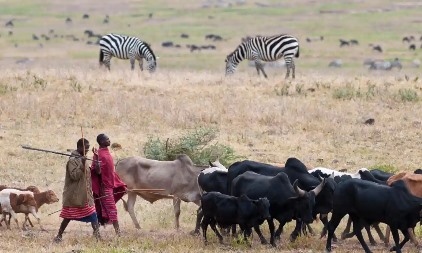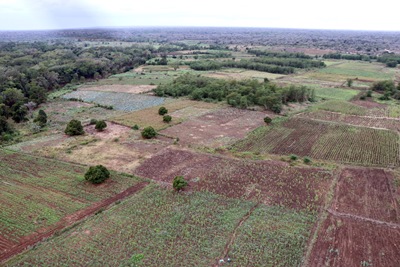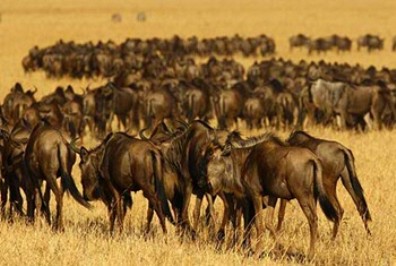Farmers “chased” from Virunga accuse “ruthless” rangers of abuses

Fertile lands in the biodiverse National Park are a coveted resource for a growing population – but those who farm there risk violent consequences.
More… Mar 05, 2024

Fertile lands in the biodiverse National Park are a coveted resource for a growing population – but those who farm there risk violent consequences.
More… Mar 05, 2024


A team of journalists followed in the footsteps of five Mennonite colonies that have been reported for clearing forests by Indigenous communities and locals in Bolivia, Colombia, México, Paraguay and Perú. Many of these cases are being investigated by prosecutors and environmental authorities. Authors of a recent study to understand the extension of Mennonite presence in the region say that the expansion will continue as the colonies grow in size and continue to pursue farming, creating new colonies. Many of these cases are being investigated by prosecutors and environmental authorities.
More… Feb 01, 2023

Thousands of Indigenous people sign letter to UK, US and EU protesting at appropriation of land for tourist safaris and hunting
More… Apr 26, 2022

The complicated balancing act of subsistence farming and nature conservation in KwaZulu-Natal
As cultivated fields expand and grazing cattle explore ever further in the Ndumo Game Reserve in KwaZulu-Natal, researchers worry about unresolved efforts to address human poverty while also trying to protect the ever-shrinking spaces left for wildlife and nature conservation.
More… Dec 11, 2021

Three decades since the Batwa people in Uganda were evicted from their ancestral lands to create national parks, members of the group live in poverty and marginalization at the fringes of society.
Lack of land rights and access to natural resources has eroded traditional knowledge in the hunter-gatherer community, especially concerning herbal medicine and endemic plant species. Despite these circumstances, some Batwa groups are adopting new conservation practices involving regenerative agriculture on small plots of land donated to them by the United Organisation of Batwa Development in Uganda (UOBDU).
More… Oct 30, 2021

A pace-setter to resolve Human-Elephant Conflict
The year 2019 marked the worst year for human-elephant relations, with 405 elephant deaths at the hands of humans and 121 human deaths by elephants. Most deaths were due to human encroachment of traditional elephant regions, fragmentation of their territory, the use of their territory for development and for illegal activities, thereby depriving elephants of their natural feeding and movement
More… Feb 19, 2021

Analysis of leopard attacks on livestock offers clues to potential human-leopard conflict hotspots in North Bengal in eastern Himalayas and Pauri Garhwal in western Himalayas.
Leopards have adapted to using human-modified landscapes such as tea gardens, sugarcane fields and farmlands and they can survive in unusual, multi-use, fragmented vegetation patches outside protected areas. The study finds the risk of a leopard killing livestock increased within a heterogeneous landscape matrix consisting of both closed and open habitats (very dense forests, moderate dense forests, open forests, scrubland and non-forests).
More… Aug 06, 2020

one of the world’s most iconic ecosystems under pressure.
New finding alters our view on what is needed to protect biodiversity.
More… Apr 01, 2019